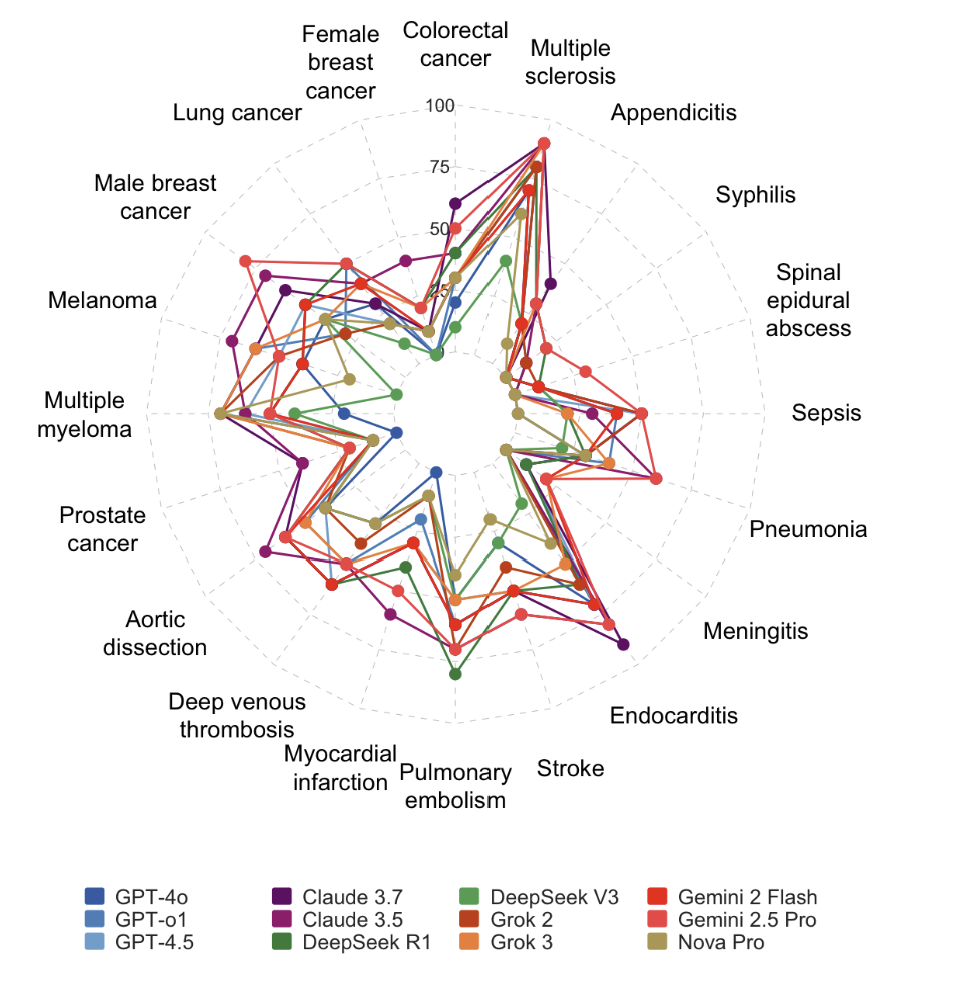“The most interesting idea in the last 10 years in ML, in my opinion.” - Yann LeCun on GANs
Generative Adversarial Networks, or GANs, are a revolutionary class of machine learning models introduced by Ian Goodfellow and his colleagues in 2014. They consist of two competing neural networks: a Generator and a Discriminator.
- The Generator: This network’s job is to create fake data (e.g., images, text) that looks as real as possible. It starts by generating random noise and learns to transform it into plausible-looking outputs. Think of it as an art forger trying to create a convincing fake masterpiece.
- The Discriminator: This network acts as a detective. Its goal is to distinguish between real data from a training set and the fake data produced by the Generator. It learns the features of the real data and tries to spot the forgeries.
The Adversarial Game
The two networks are locked in a zero-sum game. The Generator constantly tries to fool the Discriminator, while the Discriminator gets better at catching fakes. This adversarial process forces the Generator to produce increasingly realistic data. The training stops when the Generator produces fakes that are so good the Discriminator can only guess with 50% accuracy, meaning it can’t tell the difference anymore.
This process can be used to generate new, synthetic data that is similar to a given dataset. GANs have been used to create:
- Hyper-realistic images of people who don’t exist.
- New musical compositions.
- High-resolution versions of low-resolution images (Super-Resolution).
- Artworks in the style of famous painters.
Simple GAN Example with Python
While building a state-of-the-art GAN is complex, we can outline the basic structure using Python with a framework like Keras/TensorFlow. Here is a simplified conceptual code structure for a GAN that generates images.
import tensorflow as tf
from tensorflow.keras.layers import Dense, Flatten, Reshape
from tensorflow.keras.models import Sequential
from tensorflow.keras.optimizers import Adam
# --- Generator Model ---
# It takes a random noise vector and outputs an image
def build_generator():
model = Sequential([
Dense(256, input_dim=100),
tf.keras.layers.LeakyReLU(alpha=0.2),
Dense(512),
tf.keras.layers.LeakyReLU(alpha=0.2),
Dense(1024),
tf.keras.layers.LeakyReLU(alpha=0.2),
Dense(784, activation='tanh'), # 28x28 = 784 for MNIST images
Reshape((28, 28, 1))
])
return model
# --- Discriminator Model ---
# It takes an image and classifies it as real or fake
def build_discriminator():
model = Sequential([
Flatten(input_shape=(28, 28, 1)),
Dense(512),
tf.keras.layers.LeakyReLU(alpha=0.2),
Dense(256),
tf.keras.layers.LeakyReLU(alpha=0.2),
Dense(1, activation='sigmoid') # Outputs a probability
])
return model
# --- Build and Compile the Combined GAN model ---
# For training the generator, we freeze the discriminator's weights
discriminator = build_discriminator()
discriminator.compile(loss='binary_crossentropy', optimizer=Adam(0.0002, 0.5), metrics=['accuracy'])
discriminator.trainable = False
generator = build_generator()
# The GAN model stacks the generator and discriminator
gan_input = tf.keras.Input(shape=(100,))
img = generator(gan_input)
gan_output = discriminator(img)
gan = tf.keras.Model(gan_input, gan_output)
gan.compile(loss='binary_crossentropy', optimizer=Adam(0.0002, 0.5))
# --- Training Loop (Conceptual) ---
# for epoch in range(epochs):
# # 1. Train the Discriminator
# # Get a batch of real images and a batch of generated images
# # Train discriminator on both, with labels (real=1, fake=0)
#
# # 2. Train the Generator
# # Generate a batch of noise vectors
# # Train the GAN model (with frozen discriminator) to make the
# # discriminator classify the generated images as real (label=1)What the Code Does
build_generator: Defines a simple neural network that takes a 100-dimensional noise vector and upscales it to a 28x28 image (the size of images in the MNIST dataset, a common benchmark).build_discriminator: Defines a standard classifier that takes a 28x28 image and outputs a single value indicating whether it thinks the image is real or fake.- Combined Model: To train the generator, we need to get feedback from the discriminator. We create a combined
ganmodel where the output of the generator is fed into the discriminator. When we train this combined model, we only update the generator’s weights, tricking it into producing images that the discriminator will classify as “real”.
Conclusion
GANs represent a significant leap in generative modeling, enabling machines to exhibit a form of creativity. From creating deepfakes to aiding in drug discovery by generating new molecular structures, the applications are vast and continue to grow. They are a testament to the power of novel network architectures in pushing the boundaries of artificial intelligence.







